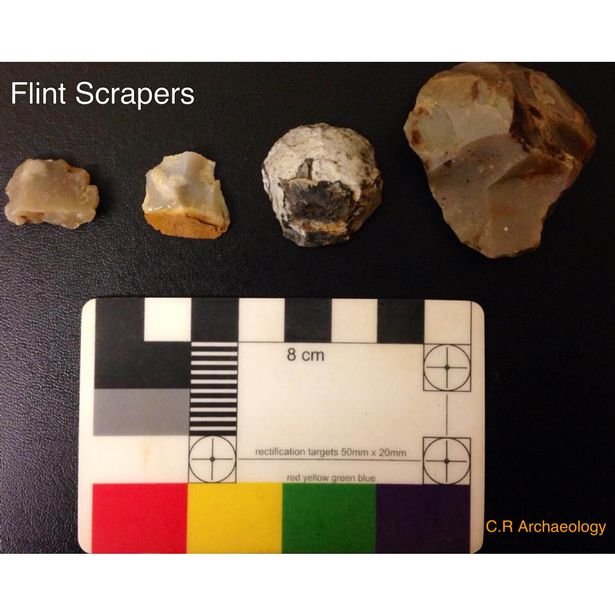OF THE
TIMES
History will have to record that the greatest tragedy of this period of social transition was not the strident clamor of the bad people, but the appalling silence of the good people.
What I want to know is who is behind that BS.
Deep State? In the early 60’s just in Saigon alone, at least 600 CIA operatives all plotting the overthrow of Ngo Dinh Diem.(went behind JFK's...
Christ, how far Jordan Peterson has fallen. It's like he's been... replaced? Resentful childless harpies unconsciously longing for domination. Why...
Can a person with Irish citizenship stand for elections in Israel, asking for an Irish friend.
Trump is just another distraction on issues of import. On some others he talks opposition but does little. You didn't think they would let their...
To submit an article for publication, see our Submission Guidelines
Reader comments do not necessarily reflect the views of the volunteers, editors, and directors of SOTT.net or the Quantum Future Group.
Some icons on this site were created by: Afterglow, Aha-Soft, AntialiasFactory, artdesigner.lv, Artura, DailyOverview, Everaldo, GraphicsFuel, IconFactory, Iconka, IconShock, Icons-Land, i-love-icons, KDE-look.org, Klukeart, mugenb16, Map Icons Collection, PetshopBoxStudio, VisualPharm, wbeiruti, WebIconset
Powered by PikaJS 🐁 and In·Site
Original content © 2002-2024 by Sott.net/Signs of the Times. See: FAIR USE NOTICE


Reader Comments
to our Newsletter